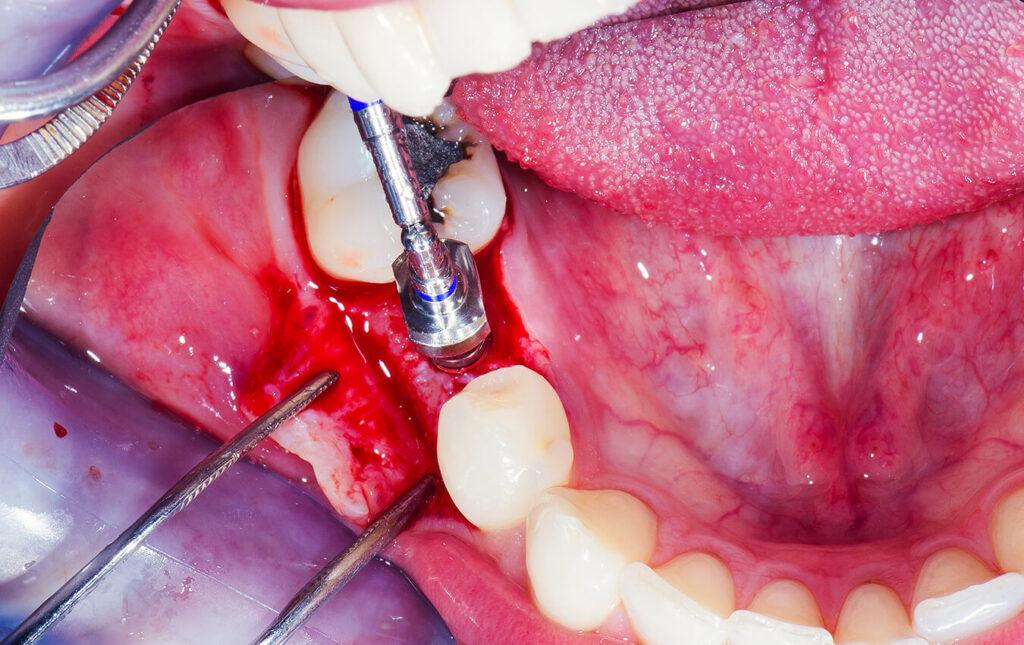
Benefits
- Hemisection is successfully used in the process of space closure followed by removal of the mesial portion
- By hemisection is avoided the risk of alveolar contour collapse thus the alveolus is not likely to atrophy
- Minimization of the backward movement of the anterior teeth and diminishing of the lattening effect on facial profile common with space closure
- By hemisection procedure the clinician can go the extra step, avoiding extracting in the upper arch, which will profoundly improve the quality of the result
Who is this procedure for?
In cases when decay or bone loss from periodontal disease extends into the area between the two roots also known as bifurcation a hemisection is done, allowing reaching the affected area. In the past hemisection was frequently used but nowadays people choose to have the tooth removed and replaced with an implant. When choosing a hemisection, the best option depends on the amount of decay or bone loss affecting the tooth and the probability that it can be successfully restored.
Who should not consider this procedure?
A well-documented medical history is essential. In general, people suffering from heart disease, diabetes, debilitating illnesses or under therapy contra-indicate surgery and consideration must be given to psychological factors. Any doubt about a patient’s fitness to undergo a hemi section would be solved by sending the patient to consult a physician.
What happens before the procedure?
Before a hemisection procedure, any tooth should beneficiate of a root canal treatment if it hasn’t already been done before. X-rays will be done and examined in order to establish the areas of decay and how much the periodontal disease extended. Local anesthesia is done before starting the procedure.
What happens during the procedure?
To expose the deeper tooth structures, the dentist is making a small incision in the gum. Once the tooth is exposed, separation of the tooth’s roots begins. Any decay and parts of the tooth that cannot be saved will be removed, meaning that even one of the roots might be removed. The area in case will be cleaned by rinsing with sterile saline solution and stitches may be used to close the incisions. Finally, the tooth is covered with a temporary filling or crown, later replaced with a permanent one. This procedure lasts about 1 hour but it depends on the periodontal disease and whether other procedures are necessary. If the tooth develops further complications, it may need to be extracted.
What happens after the procedure?
Some discomfort, swelling and light bleeding might be felt in the first 24-48 hours. Chewing is not recommended until the stitches are removed, after 7-10 days. After a few months the dentist can place a crown over both halves of the tooth leaving a space between the two roots or can place two separate crowns, one on each root. Keeping teeth clean may be difficult and if one of the roots has been removed the tooth will not be as strong as before the hemisection procedure.

